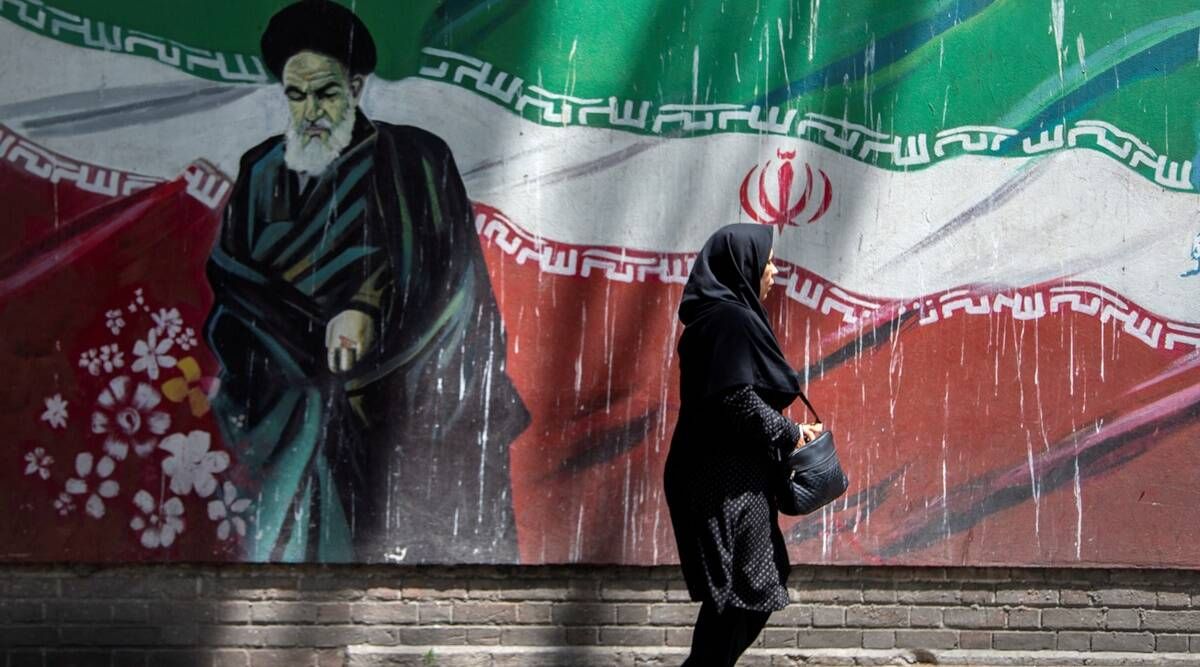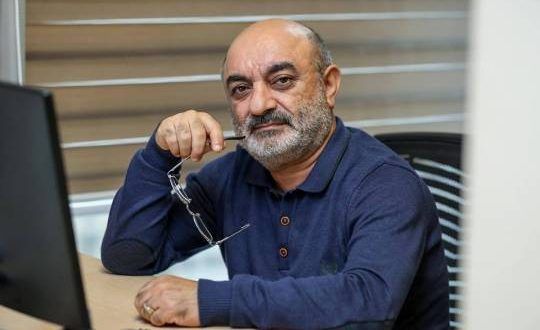Terror-stricken Iran: before and after revolution - interview with Sadraddin Soltan

The name of the country that uses Islamic religion and its attributes and commits acts of provocation, blackmail and terrorism against its society and foreign countries under the guise of religion is Iran. And the question is why the first concept of terrorism comes to mind when the name of the country Iran is mentioned?
In fact, the history and culture of Iran is both rich and fascinating. Iran, which reflects thousand-year-old Oghuz Turks and Seljuk culture, has turned the Islamic religion, which in its true sense guides people to the right path, into a nightmare. Iran's religious leadership, which tries to impose on people that it is based on the rules of the religion, unfairly punishes and in the worst cases executes those who oppose it. That is why when the name of the country is mentioned, there is a feeling of disgust towards it. The question is that: Is this country cursed or did the ruling regime make the country like an inescapeable prison...?
It is known that the overthrow of Mohammad Reza (King) Pahlavi in 1979 was made possible by the will of the people. At that time, the people saw the way of salvation in the religious authority, i.e. nowadays' mullah regime. Because by the time of Khomeini's theocratic rule, people had fed up with the ugly aspects of secular life, such as racism, arbitrariness, monarchy, etc. As a result, a revolution took place and the state was drawn on the world map under the name of the Islamic Republic of Iran. But what were the mysterious moments behind the overthrow of Pahlavi? It is quite interesting if Shah Pahlavi was really dethroned because of his warm relationship with the United States, or are there other reasons?

Political analyst Sadreddin Soltan, who shed some light on obscure points in his interview with Azernews, notes that in 1979, on the eve of the revolution, Mohammad Reza Pahlavi, the king of Iran, sought refuge in the United States and left the country. But since the United States did not keep him for a long time, the king went to Egypt and died there.
The pundit considers this event similar to the era of Shah Mammadali Mosaddiq, who was in power in 1951-52. Because at that time, after the suppression of the Mammadali Mosaddiq movement, the United States returned him to Iran. Pahlavi thought that what happened in the 1950s would be repeated again, but it did not happen. Because the US plan for Iran was completely different. However, the plans for establishing a military regime in Iran, holding elections, etc., were not implemented.
Later, with the coming to power of Ayatollah Khomeini, a theocratic regime was established in Iran. Khomeini undertook obligations regarding oil and a number of issues before Western powers, including the United States. The desire of the new forces in power in Iran from the United States was to hand over the dethroned Mohammad Reza the King to the country and put him on trial. Iran wanted to punish the Pahlavi in this way. However, the United States considered it a betrayal of its ally and did not implement the request. Iran, in turn, spoiled the relations between the two countries by holding the employees of the US embassy hostage for 444 days in November of that year. Only during the Iran-Iraq war, an agreement was reached between the countries. According to the agreement, the United States was supposed to supply Iran with weapons, as well as transfer these weapons to the mujahideen (guerrilla fighters) in Afghanistan who were fighting against the Soviet regime. Later, relations between the two countries are regulated only through Switzerland.
What kind of changes happened in the country after the Revolution? It is interesting if the society is happy because it got rid of the monarchy regime, or did it want to bring back the days of Pahlavi? Maybe they were cursing themselves for what they did...
As for the reason for the Reza Pahlavi's overthrow, it was said that at that time, irreligion and dishonor had reached their peak in the country. However, an interesting question arises: if this was really the case, how did such a large number of Ayatollahs grew up?
Sadreddin Soltan calls Iran before the revolution a secular state. However, he notes that even during Pahlavi's rule, clergy were trained in the country on the basis of special training.
"Even at that time, all religious rites (Muharram, fasting) were performed in the country, and there were even a large number of mosques. It was the existence of these that supported the revolution that took place in 1979. Also, Ayatollahs and clerics were particularly trained. From the economic point of view, Iran was extremely dependent on the US and Western investment. Nevertheless, at that time, new technologies were brought to Iran, a steel plant was built in Isfahan, king's new atomic energy projects were implemented, and the country was equipped with new military equipment. Despite all the supports, Khomeini declared that the country will continue on its own path without turning east or west. Khomeini, in turn, eliminated his opponents and established his mullah regime. However, the Iran-Iraq war brought the country down economically. The Tehran regime included Iran in the list of politically, economically, and culturally risky countries. This situation is still ongoing."
To be continued Part 2...
---
Follow Rena Murshud on Twitter: @RenaTagiyeva
Follow us on Twitter @AzerNewsAz
Here we are to serve you with news right now. It does not cost much, but worth your attention.
Choose to support open, independent, quality journalism and subscribe on a monthly basis.
By subscribing to our online newspaper, you can have full digital access to all news, analysis, and much more.
You can also follow AzerNEWS on Twitter @AzerNewsAz or Facebook @AzerNewsNewspaper
Thank you!

